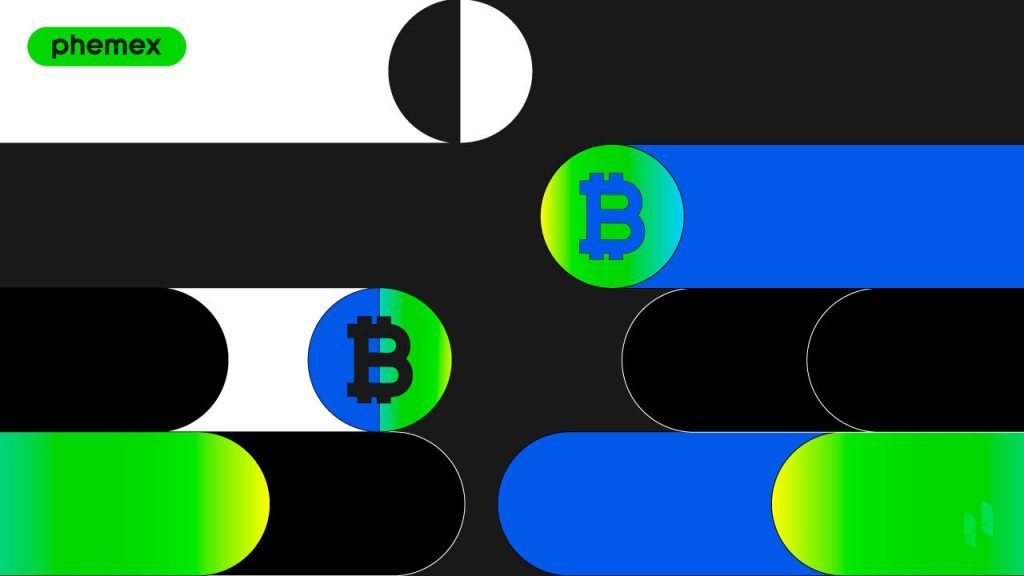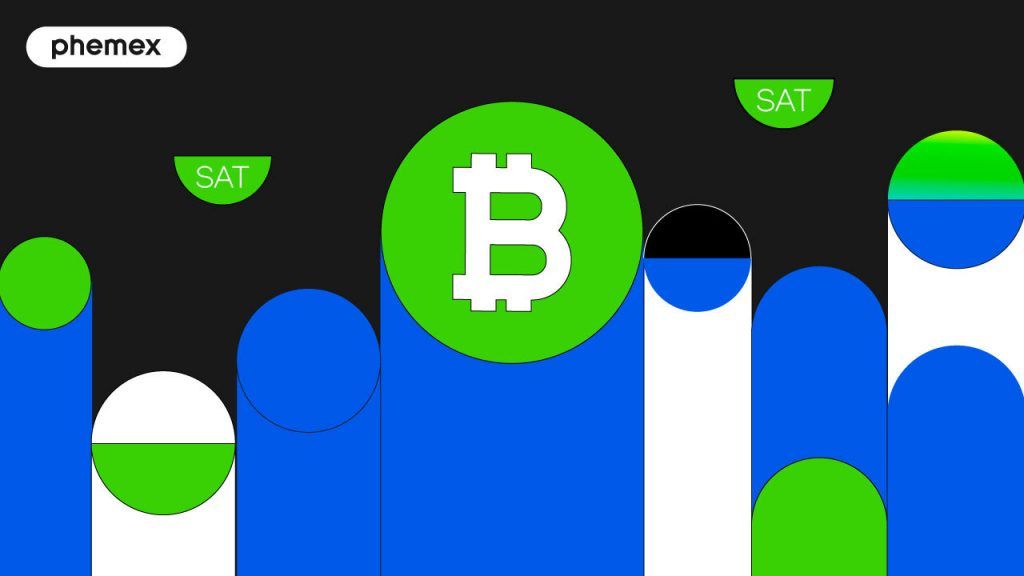What is Inflation?
Inflation is the process through which currency loses value over time, leading to a general increase in the prices of consumer goods. Cryptocurrencies like Bitcoin typically have low inflation rates due to their capped supply. It is recognized as a continuous rise in the cost of goods and services, correlating with a decrease in the purchasing power of the currency. It affects all sectors, including utilities, transportation, food, healthcare, and housing. The impact of inflation is widespread, devaluing money, diminishing the worth of savings, and potentially postponing retirement plans. Central banks, like the U.S. Federal Reserve with its 2% inflation goal, monitor and adjust monetary policies to manage inflation rates.
Is Inflation Here to Stay?
Recent trends suggest that inflation has become more persistent, particularly due to global economic shifts in response to the pandemic. Market analyses, such as those from Yahoo, suggest inflation may be enduring due to:
- Imbalances in supply and demand within the labor market.
- Increasing real estate prices.
- Anticipated upward trends in entry-level prices.
What Role Does Bitcoin Play in Inflation?
Bitcoin's increasing correlation with broader market trends, particularly through institutional investment, means it often mirrors general market fluctuations. As a result, when the market dips, Bitcoin's value tends to decrease as well. Inflation news prompts the Federal Reserve to possibly raise policy interest rates and tighten monetary policy, actions that can lead to a decrease in asset prices, including cryptocurrencies like Bitcoin.
Is Inflation Good or Bad for an Economy?
While inflation indicates a decline in currency purchasing power, it is not inherently negative. Economists agree that moderate inflation can be advantageous for economic health. For instance, a controlled inflation rate incentivizes consumer spending, a vital aspect of economic expansion, which is why entities like the US Federal Reserve aim for a 2% inflation rate to maintain price stability.
Stable and moderate inflation is a typical sign of economic growth, driven by an increase in consumer and business spending, and a demand that outstrips supply. Consequently, producers might increase prices, contributing to inflation, which, within reason, can be positive for the economy.
Extreme fluctuations in prices, particularly rapid increases, can lead to detrimental economic conditions such as hyperinflation. Alternatively, deflation, or a consistent drop in prices, can lead consumers to delay purchases in expectation of further price decreases, creating a downward spiral in demand and prices. Therefore, a moderate level of inflation is often viewed favorably as it encourages spending and fosters economic development.
Why is Inflation Important for Crypto?
Inflation plays a significant role in the cryptocurrency arena as it can prompt individuals to seek alternative investment opportunities. As fiat currencies suffer from high inflation rates, diminishing the value of savings, cryptocurrencies like Bitcoin and Ethereum become attractive due to their distinct economic properties:
- Cryptocurrencies are not subject to direct manipulation by governments, such as adjusting interest rates or increasing the money supply.
- Bitcoin is often considered a haven asset, similar to gold, with the expectation that it should appreciate during uncertain times. However, its behavior does not always align with this expectation, as seen during the initial COVID-19 pandemic impact.
- The finite supply cap of 21 million bitcoins establishes scarcity, a critical aspect of resisting inflation. The network's halving events, which cut the mining reward in half every four years, ensure a predictable tapering of new supply, contrasting with the unpredictable discovery potential of gold.
This scarcity and predetermined issuance schedule make Bitcoin uniquely resistant to inflationary pressures compared to traditional fiat currencies.
Do Cryptocurrencies Experience Inflation?
Cryptocurrencies, including Bitcoin, indeed undergo a form of inflation as new coins are mined, similar to how gold's supply increases as more is extracted. However, Bitcoin's design includes a halving mechanism that cuts the creation of new bitcoins by half approximately every four years, thus progressively reducing its inflation rate.
Despite Bitcoin's inflation rate being relatively low, it typically doesn't concern investors as long as Bitcoin's value against fiat currencies continues to grow. Nevertheless, other types of cryptocurrencies, such as stablecoins, behave differently. Stablecoins, often pegged to fiat currencies, may mimic the inflation of their respective reserve currencies, potentially losing value over time due to inflation. Some stablecoins offer rewards which may offset the impact of inflation.
Is Bitcoin Deflationary or Inflationary?
Bitcoin is technically inflationary since it was created to have a controlled but diminishing rate of new coins entering the system, akin to the mining of gold. Deflation traditionally means a reduction in the overall money supply, which is different from the price appreciation of a currency or asset. As such, Bitcoin's increasing purchasing power does not make it deflationary.
Bitcoin's supply is incrementally increasing until it hits its 21 million coin cap, estimated to be reached by 2140. Once this limit is met, Bitcoin will transition from being inflationary to disinflationary, where the supply remains static, no longer inflating nor deflating.
Is Bitcoin Inflation Proof?
The question of whether Bitcoin is a viable hedge against inflation is gaining prominence, especially as it is often compared to gold, a traditional inflation hedge. Bitcoin is better described as "inflation-resistant" rather than "inflation-proof," indicating a certain level of robustness against inflationary pressures.
Bitcoin's status as the preeminent cryptocurrency has led many to view it as a solid hedge against inflation, potentially even surpassing gold in this role. Despite its volatility, Bitcoin's characteristics suggest it could offer stronger protection against inflation over the long term.
Limited Supply
Bitcoin's capped supply is a fundamental feature that contributes to its inflation resistance. With a maximum limit of 21 million coins, Bitcoin's protocol ensures that no additional coins can be created, mitigating the risk of devaluation through increased supply.
Not Tied to a Specific Economy or Currency
Bitcoin operates independently of any single economy or currency, making it a global asset. This international scope provides an advantage over equities, which are subject to various economic and political risks within their respective markets.
Easily Transferable
Bitcoin shares several attributes with gold, such as durability, interchangeability, scarcity, and security, but it has additional benefits. Its portability, decentralized nature, and ease of transfer make Bitcoin a more practical option for many compared to gold, which is physically bulky and often subject to national controls.
Read More
- Crypto and Inflation: Hedge against a Dollar Collapse?
- Inflation vs Deflation: What Are They and How Do They Differ?
- Is Bitcoin A Strong Investment Instrument Against Inflation?
- What Is Stagflation in Crypto?
- What Is Stagflation? Crypto Investing Strategies In A Stagflation
- Why Does Bitcoin Have Value?
- What is Cryptocurrency & How does it Work?
- Global Macro and Microeconomic Trends in 2024








